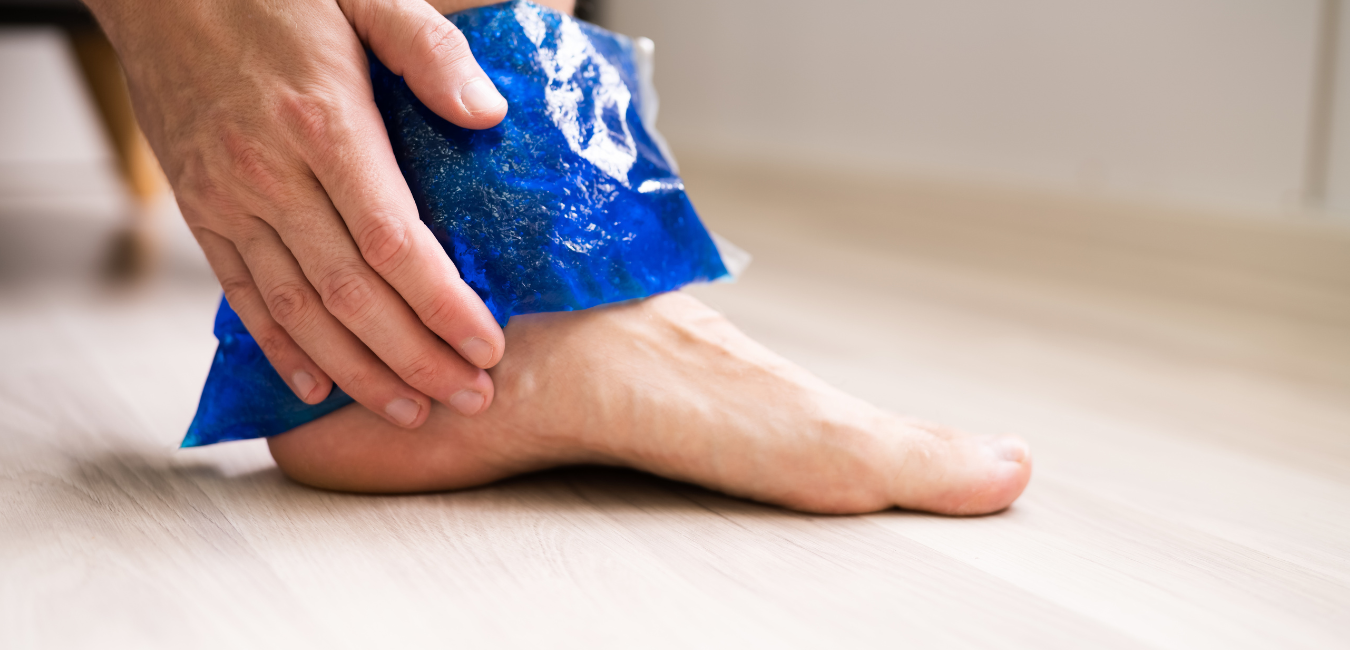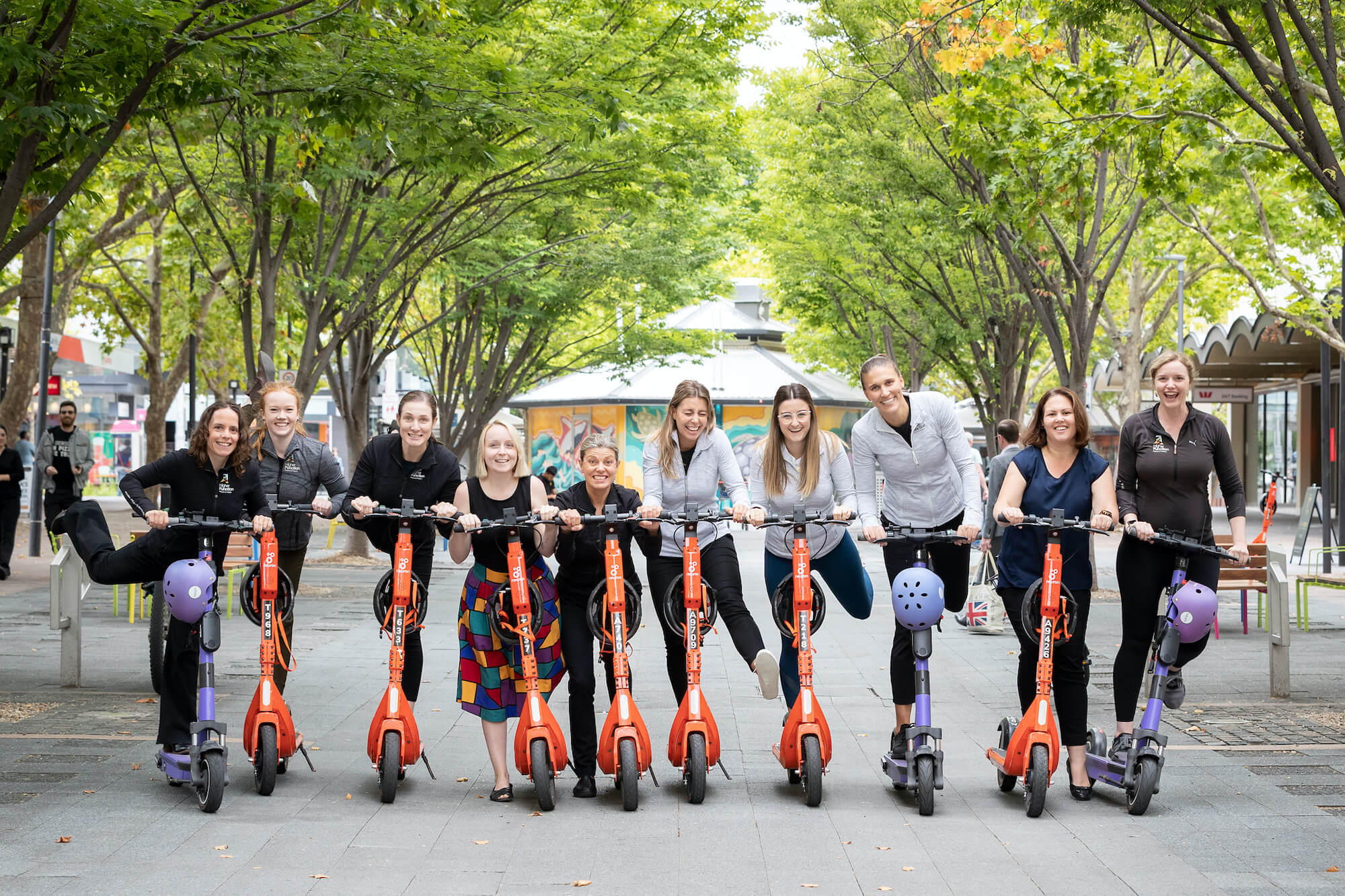By Andrea Rich – Physiotherapist
Should I use ice after an injury? Most recent evidence on acute injury management.
There have been changes over the years on how we have treated acute soft tissue injuries such as a muscle or ligament injury based on the most update research. We went from the RICE (Rest, Ice, Compression, Elevation) protocol to PRICE (Protection, Rest, Ice, Compression, Elevation) and then POLICE (Protection, Optimal Loading, Ice, Compression, Elevation).
Ice has been widely used for the treatment of an acute injury, but should we keep automatically grabbing the ice pack?
It is well known that icing an injured area can provide pain relief and lessen swelling. This works by cooling the skin temperature and constricting underlying blood vessels however, it actually has no impact on the muscles or injured soft tissues.
Swelling is our body’s way of helping to heal an injury, just like our body’s response to fight off a cold. When germs are in our body, our immune response is to send cells to kill the germs. When we sustain a soft tissue injury, our immune response is also to send inflammatory cells to heal the injury.
Applying ice constricts the blood vessels that bring those inflammatory cells to the injury. Therefore, the most recent evidence suggests that maybe ice is not as valuable as we once thought and that we can use other approaches to allow our body to heal an injury.
The acronym ‘PEACE and LOVE’ is the most recent approach to treat acute injuries.
“Immediately after an injury, do no harm and let peace guide your approach.” *
P (Protect) unload or restrict movement for 1-3 days. Rest should be minimised as prolonged rest can compromise tissue strength and quality.
E (Elevate) Elevate the limb higher than the heart to promote interstitial fluid flow out of tissues. Despite weak evidence supporting its use, elevation shows a low risk-to-benefit ratio.
A (Avoid anti-inflammatory modalities) anti-inflammatory medications may negatively affect long-term tissue healing. See our article on anti-inflammatories and soft-tissue healing. Avoid ice, unless needed for pain relief can use 10min on and 20min off x2-3 in the first 6 hours post injury.
C (Compress) Taping or bandages helps lesson joint swelling and bleeding.
E (Educate) Physios can teach you how to take an active approach to recovery for optimal outcomes.
“After the first days have passed, soft tissues need LOVE.” *
L (Load) An active approach with movement and exercise promotes healing.
O (Optimism) Optimistic patient expectations are associated with better outcomes and prognosis.
V (Vascularisation) Cardiovascular activity to increase blood flow to the injured structures.
E (Exercise) Exercises help to restore mobility, strength, and proprioception early after injury.
PEACE and LOVE allow us to not only focus on the initial treatment and management of acute soft tissue injuries but also the longer-term rehabilitation. Whether we have sustained an ankle sprain or calf muscle tear, we need to consider the long-term implications of the injury and give the injury some LOVE.


